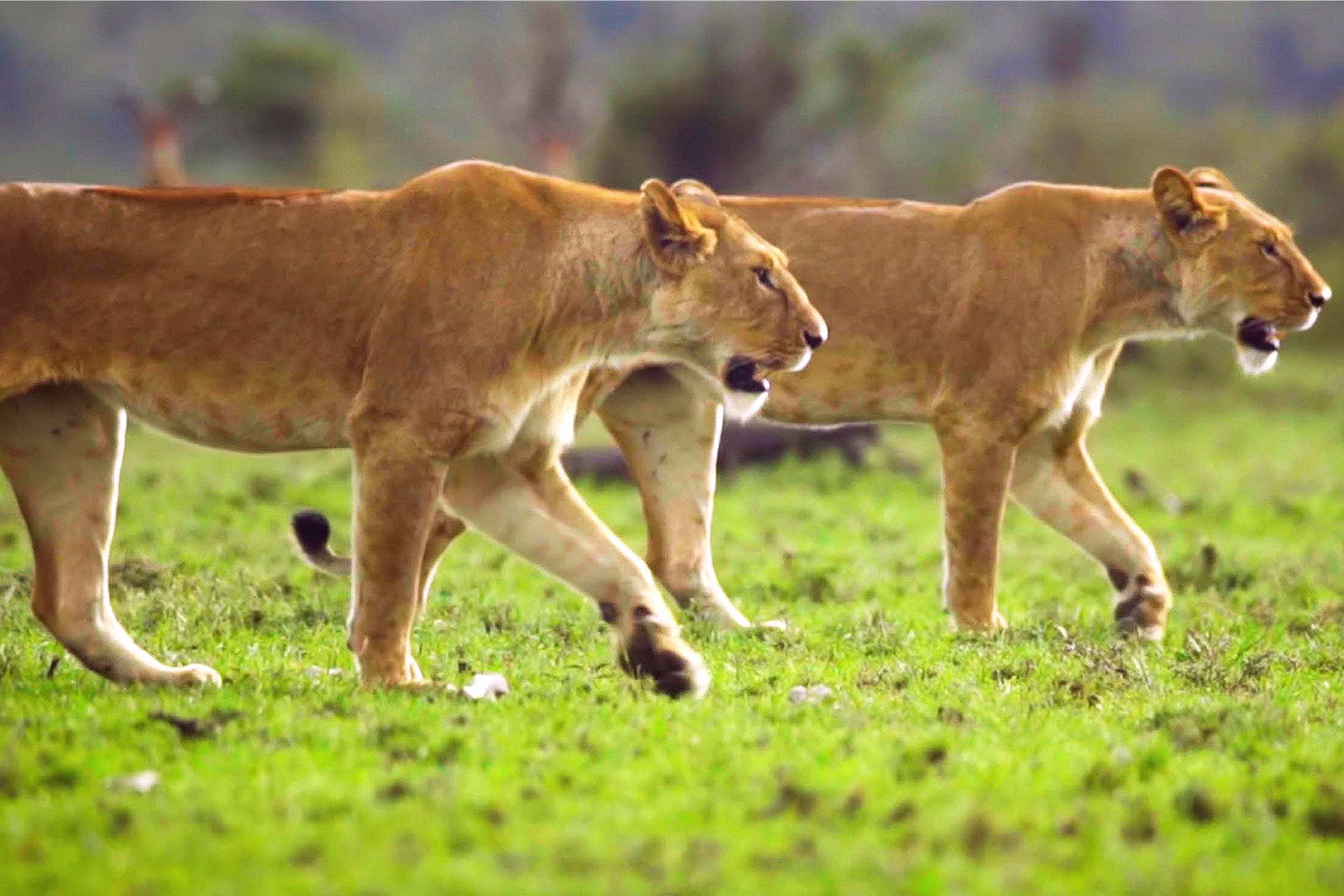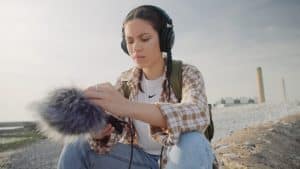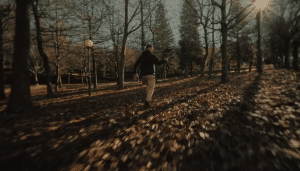If you’ve worked in the film industry for long enough, then you will have undoubtedly heard the old adage, “never work with children or animals”. Having worked with both, all I can say is that I couldn’t possibly comment!
The truth is, it really depends on the situation you’re in and the context of the shoot, as well as the kind of footage you’re hoping to capture. I can actually say without a hint of irony that working with children and animals has been some of my most memorable work, and for good reason: it’s fun! Who wouldn’t love to film stock footage of a lovable 18-month spaniel in a studio, or a kid’s birthday party?
I believe the origin of the phrase really comes from the unpredictable and, at times, chaotic nature of these shoots. And it’s for this reason that you must completely adjust your mindset before going into this kind of filming. For the purpose of this article we’ll focus on animals (filming with children and the rules surrounding this is a whole topic in itself!) and the challenges you are likely to face, as well some tips to help set you up for what will hopefully be a successful shoot.
Now, I know it’s a cliché, but honestly… Planning is everything!
When it comes to filming animals, whether domestic or wild, planning is paramount to ensuring a successful filming session. For the purpose of this exercise, let’s take the example of capturing stock videos of animals in the wild. Here are some things to consider when doing this kind of filming:
Equipment. Do you have the right camera and lens? You’ll want to use a telephoto in most cases to allow you to film from a distance (or perhaps macro if you’re filming small creatures?). If you’re using telephoto lenses, you’ll then need a decent fluid head tripod that has a payload capacity and the stability to match your setup. You would be amazed at how much camera shake you get at 400mm and beyond if you don’t have a stable tripod.
Waterproofs. Do you have sufficient waterproofs if the weather is unpredictable (for you and the equipment!)? And do you have camouflage so you won’t be spotted?
Batteries and media. Ensuring you have enough batteries and media is also important. There’s a good chance that when you’re out in the wilderness waiting for said animal to appear, you’ll be doing a lot of waiting around with the camera switched on, ready to film. The last thing you want is for the battery to die just as it makes an appearance!
Deciding on what to capture. Going out with a clear plan of the kind of video footage you need is important, and will inform many other decisions you make about the shoot. If you’re planning on selling the content as stock video, then consider the needs of your audience, as well as any potential niches you could exploit. Is there any footage of the mating rituals of the leopard slug on stock agencies, for example? Or is this even needed? Who knows, but it’s always a good idea to dedicate some time to researching. After all, animal videos are some of the most ubiquitous that you’ll likely to find on stock agencies.
Location and animal habitat. Be sure to thoroughly research the animal you’re trying to film, its habitat, and behavior. Wild animals rarely sit still, so you will need to have an idea of where to set your tripod to ensure a good vantage point, with flexibility to capture as much of the animal’s movement as possible. For example, if you’re filming deer, you should try to position yourself at a distance to where you expect the deer to be, but not in the open so much as to be easily spotted. Preferably downwind too, to avoid being detected through scent.
The animal itself, and its behavior. If you’re going to be filming a large animal, such as bison or elk, or another potentially dangerous animal such as a venomous snake, it would be wise to conduct a risk assessment to ensure that you’re not putting yourself, or anyone else, in harm’s way. Much of this assessment will involve researching and understanding the animal’s behavior or temperament.
Rain check. Before you set out, make sure you check the weather to ensure that you are timing it right. Nothing will derail your shoot faster than being caught in bad weather when you are not prepared. That means wrapping up warm if you expect cold conditions, and maybe even bringing some supplies and the thermos flask if you expect to be out for a long time, something not unknown to natural history filmmakers!
Now, you’ve planned ahead, you’re feeling confident and you’re ready to film your animal! Surely with all of this prep work, you’re destined for success, right? Well, sadly not. The reality of filming wild animals is that you are often at the mercy of random chance. And it’s for this reason that you must engage what I consider to be the most important personal attribute when doing this kind of work: patience. Depending on the animal you’re filming, it’s highly likely you won’t be successful on the first try. If you’re familiar with natural history documentaries, such as BBC’s Planet Earth series, you only need to watch the behind the scenes at the end of each episode to understand the struggles that the production team faces, on every single shoot. It’s no cakewalk.
And it’s not just out in the wilderness that you need to be patient; even domestic animals can be handful and often have their own agenda.
But please, whatever you do, don’t let that deter you. The rewards that you can get out of this kind of filming really are something special. To plan something out meticulously, to have the patience to wait in silence (perhaps for hours) all to capture that one moment of animal behavior, is something truly special. Even if it is a couple of leopard slugs mating.




